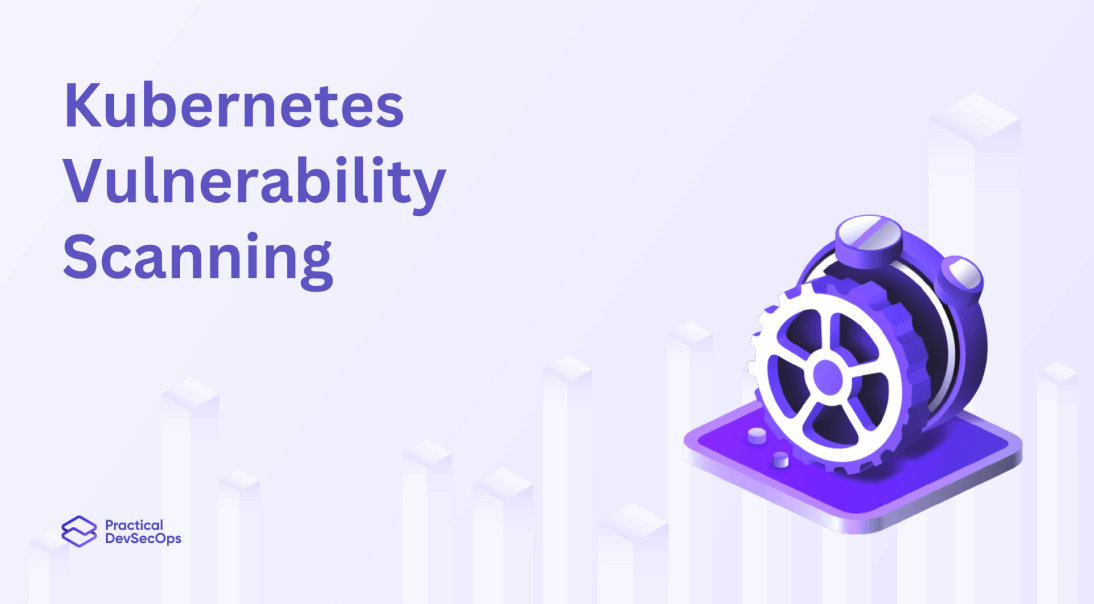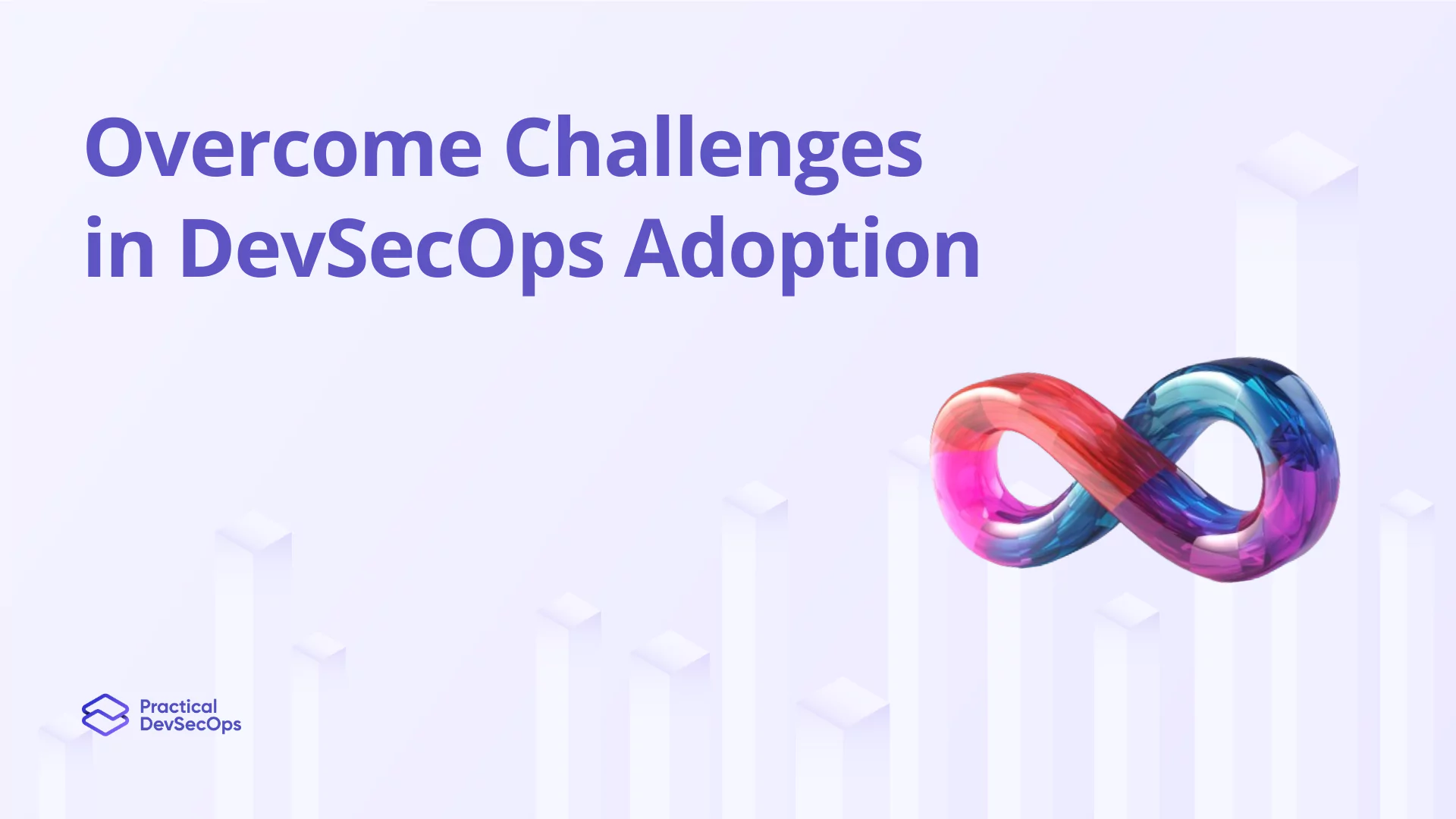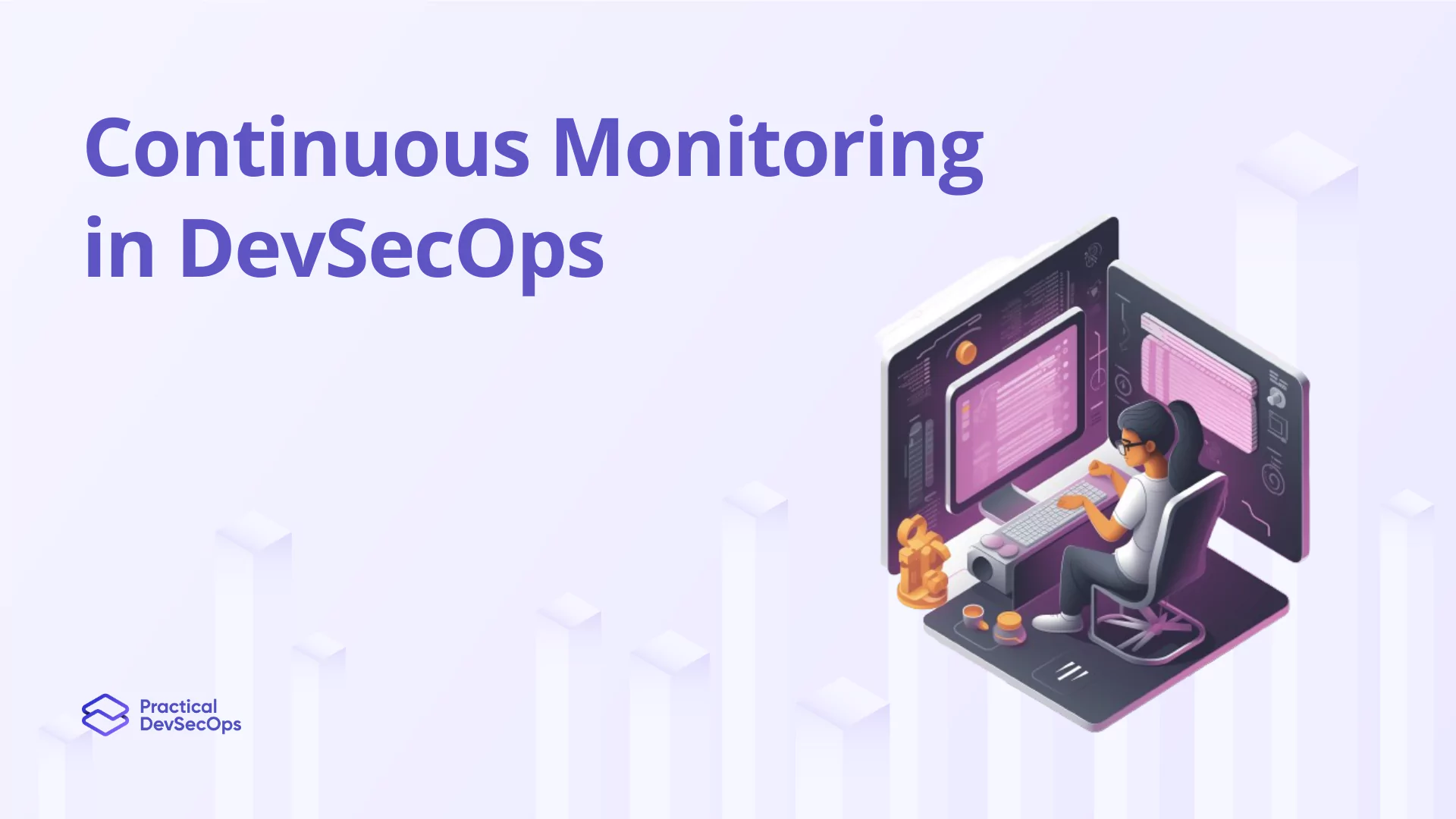Vulnerability scanning in Kubernetes refers to the systematic scanning of images for finding any possible susceptibilities in a Kubernetes environment. It should include the software dependencies of a component and scan for vulnerabilities from the containers in order to find out the known vulnerabilities that could potentially leave such instances open to exploit.
Using Kubernetes vulnerability scanning ensures that organizations can detect and respond to security risks promptly, particularly with containerized applications.
Why is Kubernetes Vulnerability Scanning Important?
Kubernetes plays a vital role in finding out the vulnerabilities in the early stage. It also enhances the container security within the K8s environment. Below we have listed out a few reasons why the Kubernetes vulnerability scanning plays a important role:
1. Identifying Vulnerabilities:
This will help an organization to identify, list, and catalog the vulnerabilities within the container images being used in Kubernetes, hence updating the organization on container security to plan the required activity of remediation.
“Also Read, DREAD and STRIDE Threat Modeling for Kubernetes Security.”
2. Prioritizing Remediation:
Vulnerability scanning will provide visibility into the severity of a vulnerability and potential business impact so the organization can prioritize and assign resources to remediate the most critical vulnerabilities that could make the most impact in reducing total risk.
3. Staying Compliant:
Many regulatory frameworks and industry standards require organizations to maintain secure configurations and keep up with vulnerability scanning practices. By conducting regular vulnerability scanning, organizations can demonstrate compliance with these requirements and avoid potential penalties.
“Also Read, Kubernetes Pod Security Policies”
4. Increasing Security Posture:
With vulnerabilities identified and addressed, Kubernetes vulnerability scanning helps improve an organization’s security posture. It allows for a proactive approach to managing security risks related to container images, reducing the likelihood of successful attacks and potential data breaches.
Also Read, 5 Best Kubernetes Authentication Methods
How Kubernetes Vulnerability Scanning Works
Kubernetes vulnerability scanning involves a systematic process to analyze and detect vulnerabilities within container images. Here are the general steps involved in it:
1. Scanning Process Initialization:
It includes scanning capabilities configured with container images in the Kubernetes environment. They can be managed through a built-in vulnerability scanning capability or it can be integrated with popular 3rd-party vulnerability scanning tools into the workflow of Kubernetes.
Also Read, Kubernetes Security Monitoring
2. Image Analysis:
The scanning tool examines the container image, including its layers, dependencies, libraries, and binaries, in order to identify potential vulnerabilities. It compares the components against vulnerability databases and known vulnerabilities lists.
3. Vulnerability Detection:
In fact, using a scanner tool, components that are identified are compared against an open vulnerability database with their versions, typically using a list of Common Vulnerabilities and Exposures (CVE). The tool checks all the vulnerabilities, which are associated with the respective versions for these components.
4. Severity Assessment:
It confirms the severity and the influence of the vulnerability on the security to the container image by each of the identified vulnerabilities using the scanning tool. These severity ratings help prioritize the level of remediation. For instance, more serious security threats should be rectified before those with a lower rating.
5. Generating Reports:
It features the ability to generate a summarized report with all the vulnerabilities reported within the container image. The report produced is full of all information about the vulnerability, including information about the severity rating and what is being recommended for actions that need to be taken for remediation, among other details related to it.
Also Read, Kubernetes Network Security Guide
Download, Free E-books on Kubernetes Security.
Also Read, Kubernetes Security Best Practices in 2023
These steps would help ensure effective vulnerability scanning follows and could give them the possibility of locations and rectifications of vulnerabilities before they give way to any incident or breach.
Also Read, Steps to Automating Security in Kubernetes Pipelines
How to Get Kubernetes Security Training?
You can even get training in Kubernetes Security with our course “CCNSE (Cloud-Native Security Expert)” equipped with hands-on training on key concepts like the following:
Hacking the Kubernetes Cluster, Data Security, Hacking Kubernetes Authentication, Authorization including Network Security of Kubernetes Cluster Defense.
Course Highlights:
- 50 + guided exercises uniquely designed by industry experts
- 24/7 instructor support
- Browser-based labs for hands-on training
- Lifetime access to course manuals and videos
Conclusion
Vulnerability scanning of Kubernetes is such an important practice for organizations that deploy containerized applications in the Kubernetes environment. This helps in identifying what problem is existing in the container image and therefore allows the user to prioritize their remediation efforts by severity ratings. Regular vulnerability scanning should ensure that the security of containers is further solidified either by minimizing security risks or by validating a certain level of compliance with the security requirements.
Also Read, Interesting Kubernetes Interview Questions and Answers






0 Comments